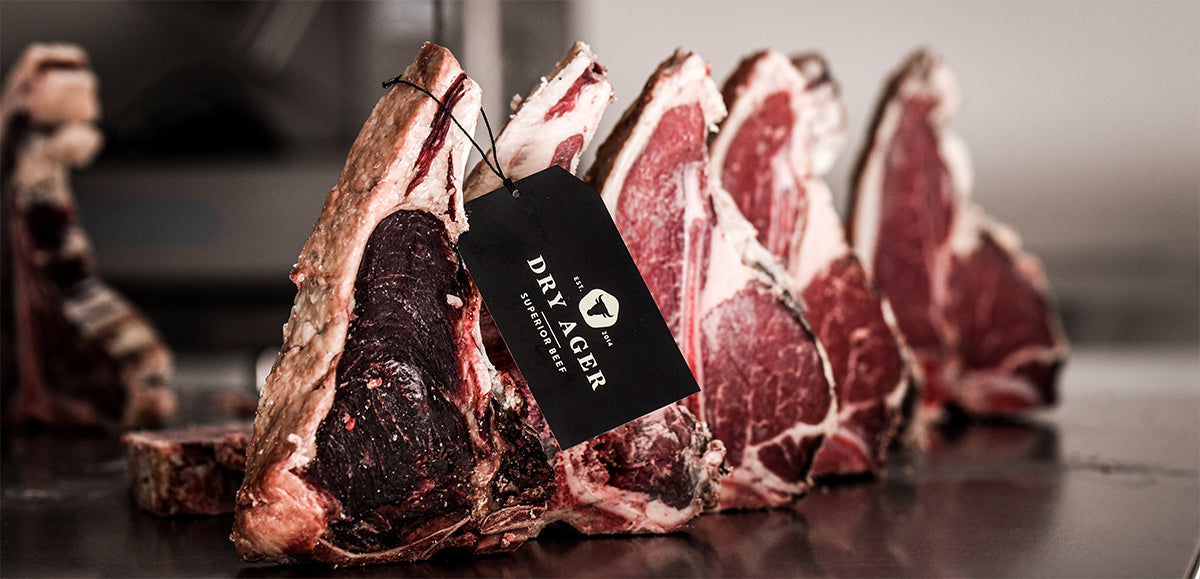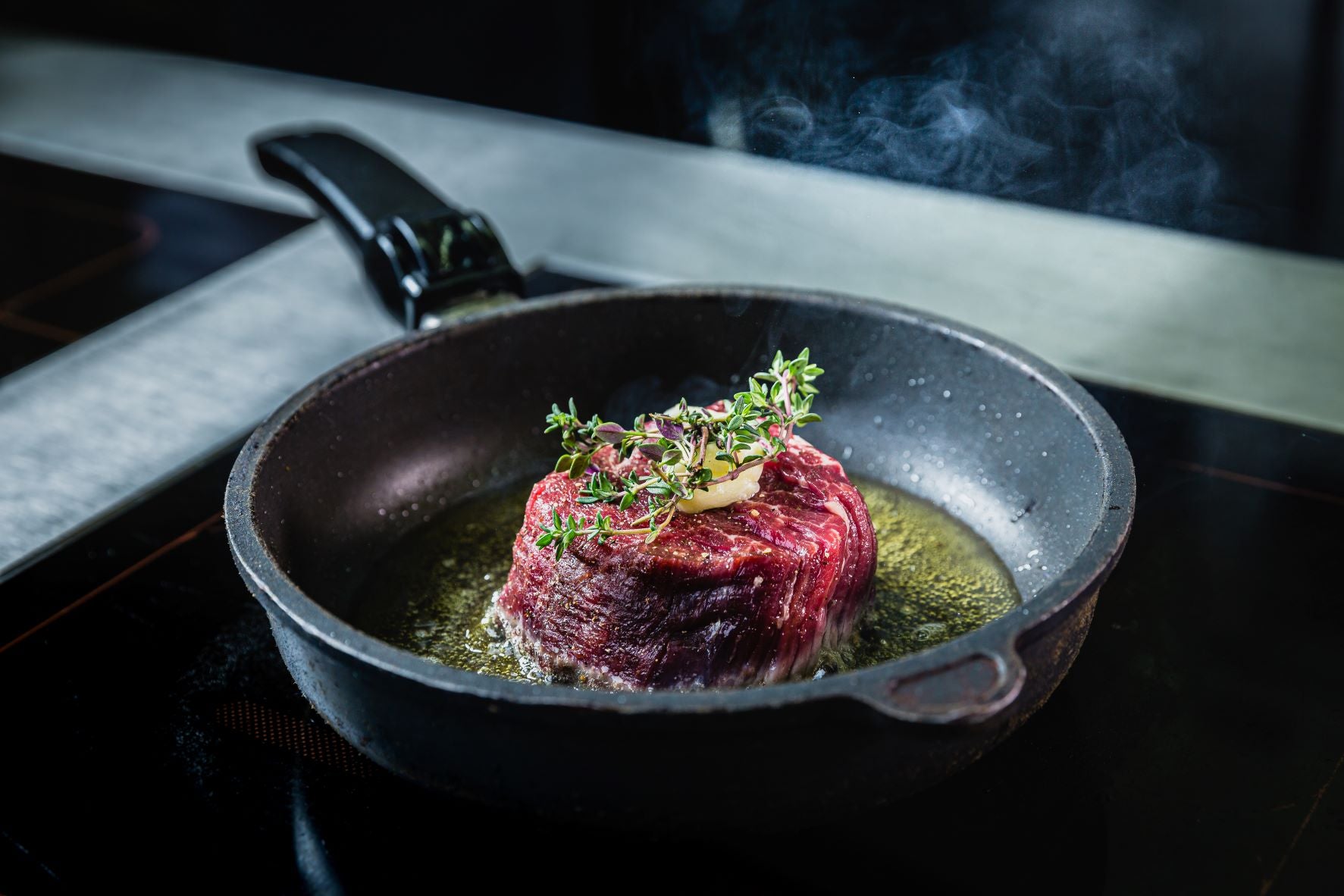How to Store Fresh Lamb: Tips for Maximum Flavour & Shelf Life

Whether you're stocking up for the season, buying in bulk, or preparing for a special roast, knowing how to store lamb correctly is key to keeping it tender, flavourful, and safe to eat. This is especially true when you’ve invested in Premium grass-fed cuts like Matangi Lamb, where careful handling ensures every bite delivers on quality.
In this guide, we’ll walk you through best practices for storing fresh lamb — from refrigeration and freezing to proper defrosting and repackaging.
Why Storage Matters for Premium Lamb
Lamb is a naturally delicate protein, with a fat structure and moisture content that requires just the right conditions to maintain its best eating quality. Improper storage can lead to:
-
Dryness or tough texture
-
Unpleasant odours or flavour changes
-
Reduced shelf life
-
Higher risk of spoilage or freezer burn
When you store it right, though, you get the most out of your purchase — especially when working with high-quality cuts like those found in the Matangi Lamb collection.
Refrigerating Fresh Lamb: Short-Term Storage
If you're planning to cook your lamb within 3–5 days, the fridge is your best bet.
Fridge Storage Tips:
-
Keep it sealed. Leave lamb in its original vacuum-sealed packaging until ready to use. Our packaging is designed to maximise freshness and oxygen control.
-
Store at 0–4°C. Place it in the coldest part of your fridge — usually the back, near the bottom.
-
Don’t overcrowd. Allow space around the package for proper airflow.
Shelf Life in the Fridge:
|
Cut Type |
Shelf Life (Vacuum Sealed) |
|
Chops or cutlets, Roasts, Mince |
Up to 10 days |
If your lamb is unpackaged or has been opened, plan to use it within 1–2 days.
Freezing Lamb: For Longer Storage
Freezing is ideal if you're not planning to use the lamb right away, or if you've ordered multiple cuts and want to spread them out over several meals.
Freezing Tips:
-
Freeze while fresh. Don’t wait until the last day — freeze your lamb when it's still at peak freshness.
-
Keep it in vacuum seal. Our Matangi Lamb arrives vacuum-sealed, which is freezer-safe and ideal for long-term storage. There's no need to repackage unless the seal is broken.
-
Label your cuts. If freezing multiple items, label each with the date and cut type for easy access later.
-
Lay flat initially. For space-saving, freeze cuts flat before stacking or storing vertically.
How Long Can You Freeze Lamb?
|
Cut Type |
Freezer Life (0°C or below) |
|
Chops, Steaks. Roasts, Mince or Diced |
Up to 12 months |
While lamb frozen longer than this may still be safe to eat, the texture and taste can begin to decline.
Defrosting Lamb Safely
One of the most common mistakes is defrosting lamb on the bench — which can lead to bacterial growth, especially in warmer weather.
Best Practices for Defrosting:
-
Fridge method (recommended): Place the frozen lamb on a plate or tray and leave it in the fridge overnight. This ensures even thawing while keeping it at a safe temperature.
-
Cold water method (for speed): Submerge the sealed package in cold water for 1–3 hours, depending on size. Change the water every 30 minutes.
Avoid:
-
Thawing at room temperature
-
Using warm or hot water
-
Refreezing lamb after it’s been fully defrosted (unless it’s cooked first)
How to Tell If Lamb Has Gone Off
Even with the best intentions, sometimes lamb sits a little too long in the fridge or freezer. Here’s what to check before cooking:
-
Smell: Fresh lamb has a mild, slightly sweet scent. A sour or ammonia-like smell is a clear red flag.
-
Colour: Lamb should be pink to deep red. Grey or brown spots indicate ageing or oxidation.
-
Texture: It should feel firm and slightly moist. A sticky or slimy surface is a sign to throw it out.
When in doubt, don’t risk it.
Bulk Buying? Here's How to Plan Ahead
We often see customers buying multiple lamb cuts during seasonal promotions or before holidays. Here's how to manage storage like a pro:
-
Create a freezer map: Label and organise your freezer by cut type.
-
Use a meal plan: Allocate each cut to a recipe — e.g. butterflied leg for Easter, shanks for winter braises, chops for summer grilling.
-
Rotate stock: Use older frozen cuts first to avoid waste.
Our packaging is designed for ease of storage — all Premium cuts are vacuum-sealed, labelled, and sized for home freezers.
From Hastings Butchery to Your Kitchen
All our Premium Lamb is carefully prepared at our Butchery and Showroom in Heretaunga Street East, Hastings and shipped across New Zealand in eco-insulated packaging. Whether you’re ordering for a special occasion or building your freezer stash, you can expect restaurant-quality cuts that store beautifully and cook up even better.
Explore the full Matangi Lamb collection to find your favourites — from loin chops and leg roasts to shoulder cuts and shanks, all crafted to hold their quality from butcher to plate.
Final Thoughts
Storing lamb properly doesn’t take much — but it makes a world of difference to flavour, shelf life, and peace of mind. Whether you’re a seasoned home cook or a first-time buyer, following these tips ensures your Premium Matangi Lamb stays as tender and delicious as the day it left our butchery.
Got questions about storage or specific cuts? We’re here to help.







-v1698821311816.webp?1800x1800&options=w_65)













-v1698821311816.webp?1800x1800&options=w_60)



